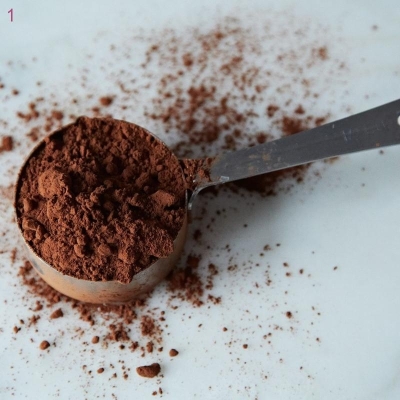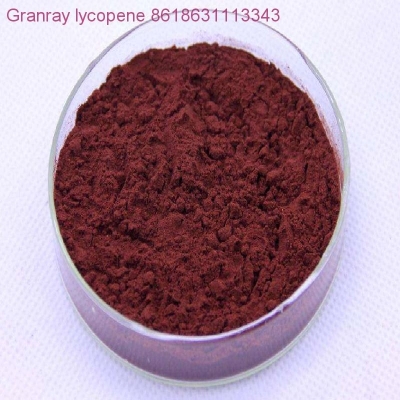-
Categories
-
Pharmaceutical Intermediates
-
Active Pharmaceutical Ingredients
-
Food Additives
- Industrial Coatings
- Agrochemicals
- Dyes and Pigments
- Surfactant
- Flavors and Fragrances
- Chemical Reagents
- Catalyst and Auxiliary
- Natural Products
- Inorganic Chemistry
-
Organic Chemistry
-
Biochemical Engineering
- Analytical Chemistry
-
Cosmetic Ingredient
- Water Treatment Chemical
-
Pharmaceutical Intermediates
Promotion
ECHEMI Mall
Wholesale
Weekly Price
Exhibition
News
-
Trade Service
Mango, rich in nutrition, tender and sweet, is known as the "king of tropical fruits"
Wear "leopard print" because mango is sick
The golden peel is "dotted" with large and small black spots, which at first glance are indeed somewhat similar to the "wild and domineering" leopard print
Mango wears "leopard print" because it is actually sick
However, mango anthracnose and human anthracnose are completely different things.
In addition to the pathogenic disease anthracnose, which can cause black spots in mangoes, some physiological diseases can also cause similar "symptoms", the most common being cold damage caused by low temperature storage or crushed scars during transportation
Therefore, "Leopard Mango" is not a new variety, but a manifestation of mango quality decline or storage for too long
As for whether this mango can be eaten or not, Wu Jingbo believes that it should be treated differently
Familiar or not, it is not enough to observe the color
When buying mangoes, many people prefer the beautiful yellow color, and many people regard the peel color as the "gold standard" for judging whether the mango is ripe
Wang Songbiao, a researcher at the South Subtropical Crops Research Institute of the Chinese Academy of Tropical Agricultural Sciences, said that there are more than 2,000 mango varieties in the world, and the genetic diversity is very rich
Wang Songbiao further explained that the color change of mango peel mainly depends on the degradation and synthesis of color pigments such as chlorophyll, flavonoids and anthocyanins contained in the peel
Unlike the peel, during the ripening process of mangoes, the content of the pulp is converted from starch to sugar, acidic substances are degraded, and aroma substances are formed
Touch: Press lightly on the shoulder of the mango with your hands.
Smell: In addition to touching, you can also use smell to judge
Most of the time, consumers may buy underripe mangoes in the supermarket, so what is going on?
Wang Songbiao explained that mangoes, like bananas, are climacteric fruits, which are not resistant to storage and transportation.
If the mangoes bought home are hard and unripe, consumers can put them in a container such as apples, bananas, peaches, etc.
Easy to be allergic, mango is best cut into pieces
Mangoes not only look good, taste good, but also contain a variety of nutrients
Wu Jingbo told the "China Consumer News" reporter that mango is a food with high content of carotene, VC, selenium and dietary fiber
.
At the same time, mango contains mangiferin, quercetin and other ingredients, which have auxiliary therapeutic effects on cough, phlegm and asthma
.
Therefore, moderate and regular consumption of mango is good for health
.
When eating mangoes, many people are accustomed to bite directly after peeling the skin
.
However, Wu Jingbo does not recommend this hearty way of eating mangoes.
It is better to eat mangoes in a more "gentle" way, such as cutting them into small pieces
.
Wu Jingbo explained that mangoes contain many substances that can easily cause people allergies, and the population of mango allergies in China is relatively large, and those with more severe allergies will experience redness, swelling, pain and other phenomena
.
And directly bite mango, it is easy to get the juice on the mouth or the skin of the face
.
If the juice remains on the skin for a long time, it will have an irritating effect on the skin and easily cause allergic reactions
.
Therefore, when eating mangoes, it is best to cut the pulp into small pieces and send them directly into the mouth; after eating, rinse your mouth with salt water and wash your face with water in time to avoid residues of juice
.
Although mango is delicious, you should also pay attention to eating:
First, don't eat too much at once
.
Mangoes are very rich in protein and sugar.
Eating too much at one time can easily cause bloating
.
Secondly, people with allergies should take it with caution
.
Because mango contains a lot of irritating substances such as fruit acids, amino acids, and various proteins, people with allergies or allergy-prone constitutions are prone to allergic phenomena after eating, resulting in vomiting, diarrhea, and skin erythema
.
Finally, people with high blood sugar are advised to eat less
.
Mangoes are high in sugar, and eating too much can easily lead to high blood sugar.
People with diabetes and high blood sugar should eat less
.
(Li Jian)







